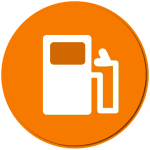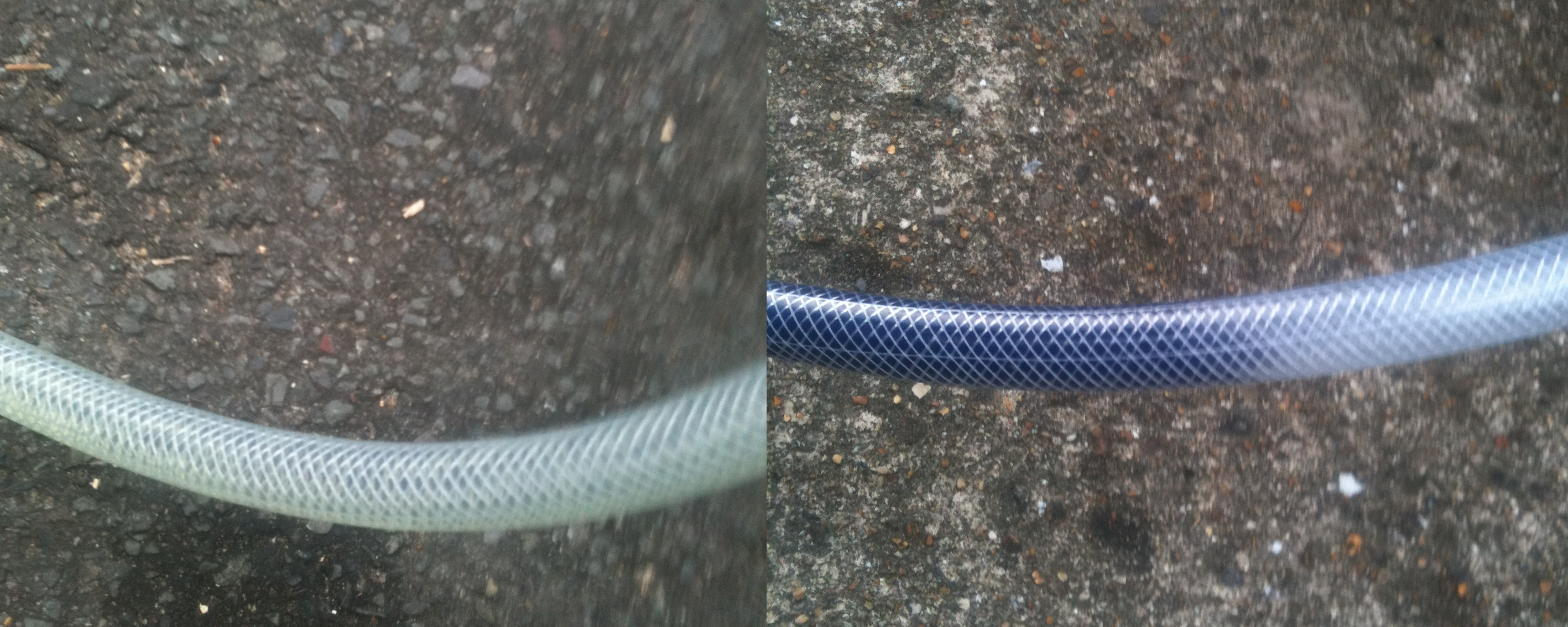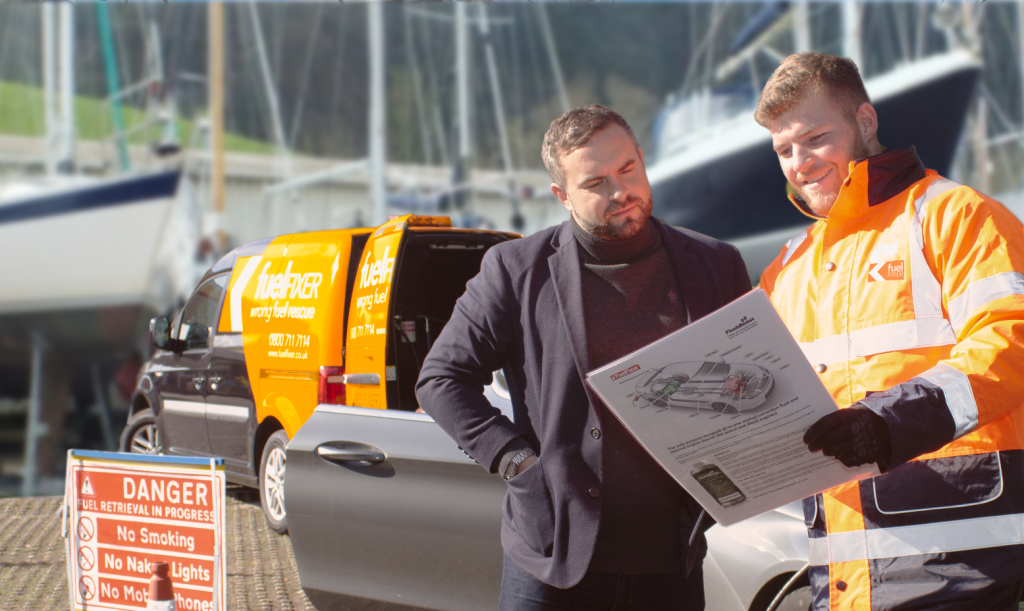Boat Fuel Draining
Safe collection and disposal from boat fuel tanks
Call for immediate help: 0333 366 1243

Boat Fuel Draining
Safe collection and disposal from boat fuel tanks
Mobile draining Unit on call near you now
 Safe Fuel Draining & removal
Safe Fuel Draining & removal
We collect & dispose
🟠 Mobile Unit in your area now
🟠 Environment Agency approved
🟠 Fast attendance service available
🟠 Specialists in Boat fuel removal for end-of-season, transport, etc. Includes handling of stale/contaminated fuel
🟠 ISO 9001 & 14001 CERTIFIED
Removing Stale or Contaminated fuel, Water, Swarf, or the wrong type of fuel from boat tanks can be difficult and sometimes dangerous. Our vans have environmnent agency approved equipment to do the job quickly and without fuss.
Our mobile units drain the wrong fuel safely - including flushing your fuel lines, filters and pumps. Each mobile unit can carry 330 litres per unit per trip.
If needed we'll arrange several units to do round trips to our safe storage facilities. We can also supply you correct fresh fuel if needed until you can top up the tanks. We are usually able to negotiate limited-access areas around slipways and marinas. We can usually accommodate rush jobs to help you meet planned sailing times.
 🟠 UK's biggest independent wrong fuel specialists
🟠 UK's biggest independent wrong fuel specialists
🟠 5-star ratings on TrustPilot, Reviews-io
🟠 Full after-purchase support
🟠 Trusted by Insurers, Fleet Managers, Hire companies
🟠 Specialising in Wrong Fuel for 15 years
We deal with petrol/diesel and diesel/petrol misfuelings, water in fuel tanks, stale fuel, or any of the many contaminants that can get into your fuel. Our equipment includes long hoses and pumps to reach onboard fuel tanks or static onshore storage units.
Your call will be answered by knowledgable staff in our Sussex headquarters. They can give up-to-the minute arrival details for our technician, and follow-up aftercare.
 🟠 Environment Agency accredited
🟠 Environment Agency accredited
🟠 APEX, Safety Passport, CARS, EcoStar Approved
🟠 Fully insured
🟠 The country's leading wrong fuel specialists
🟠 nationwide network of mobile units on call
If you have any questions, there's a list of common concerns and answers below.
For example, "have I damaged my engine?", "What exactly does petrol do to a diesel engine?" Or "will this affect my warranty?" See our 'common questions' below., or call us on 0333 366 1243
Common questions
Answer:: These pictures show hoses used to empty misfueled diesel tanks (both containing more petrol than diesel). The photo on the left shows the petrol/diesel when removed after a short time. The photo on the right shows condition when removed after one day.

The black colour in the right-hand photo is caused by rubber and plastic dissolved from the fuel lines - an alarming amount of corrosion in a matter of only hours. Replacing these rubber and plastic seals would be a costly undertaking, while this corrosion could lead to very serious problems.
Answer: A environment agency licence is required to transport and store the mixed fuel we remove. It has to be securely and safely stored and is then ultimately re-refined and returned to the fuel supply chain.
Answer: Both are bad news.
In small quantities, and depending on the individual engine design, wrong fuel does different things in petrol and diesel engines. In the short term, petrol in a diesel will stall it, or depending on the mixture it might just still run, but with reduced power and sounding like a bag of spanners. Diesel in a petrol car will make it lose power, and run flat.
The worst case scenarios (and these are the WORST) are:
1) Petrol in a diesel pump will eventually damage the pump by corroding rubber an dplastic compoments and by removing the oily lubrication that diesel fuel provides - If you are unlucky enough to get a mix that just runs. You would also have to do a fair amount of driving with a heavy foot, and be oblivious to the car’s behaviour. The same issues would sooner or later require replacement of: common rail pump, piezo injectors, fuel lines, and high pressure fuel pump (this last operates at around 28 thousand PSI of pressure and is a highly engineered, relying on passage of diesel for its lubrication. Petrol does not lubricate - in fact it dissolves the oils in diesel - hence petrol is good for cleaning out oil stains. No lubrication means metal grinding on metal in a high pressure environment. The metal chafe is then drawn thru to the piezo injectors and ruins them as well, and on through the cylinder linings. This level of damage is rare, but horribly costly.
2) Diesel in petrol worst case scenario: the diesel will enter the cylinder and not burn, it will slide past the piston rings, into the oil sump and therefore the cars oil system. It will then increase the oil level to a point that could cause total engine failure (mangled rods, bent pistons, complete block failure) - or the thinning of the oil can reduce lubrication to the engine leading to a full seizure, big end failure, and/or ruined propshaft. This extreme damage would not be an easy thing to achieve - the car would be very low on power and not running right, you would have to do a good bit of driving in it to achieve the above. But it's not what you want going on under the bonnet.
In both cases, the cost of removing the wrong fuel is tiny in comparison - and you will meantime be driving around in a car that actually works.
Answer: It's not recommended, but yes you can try it. If it's just a small amount of wrong fuel in a full tank of the correct fuel - yes, you might be OK. You'll find the engine tends to run poorlyAlso when you next try to start the engine from cold, you may find the engine won't fire.
Having said that, what you risk is corrosion of rubber hoses and plastic seals, and possible damage to fuel pumps and engine components. Any of those are going to be fairly expensive to fix. Some will be very expensive.
The idea of paying for a brim-full tank of fuel that might have to be removed straight away is also something to consider.
And it is very much hit and miss whether you will even be able to get the car going. Calling us to fix the problem fully, and get you properly back on the road, is still likely to be your best, and cheapest option.
Answer: Neither. They blend very rapidly in the tank and it becomes a fairly even mixture, although they are different compounds. They both come from crude oil, and spend millions of years in the ground as part of one and the same thing. Technically speaking, the carbon chain in diesel is longer, but only refining separates them out, and once recombined they will mix and stay together until re-refined.
Answer: Yes, this used to be common winter practice until about the 1970's. Petrol does indeed work as an ad-hoc winter fuel additive for diesel in remote and freezing areas, such as the Arctic.
However diesel engines in those days were low-tech brutes. They didn't have things like the high-pressure pumps that make today's diesel engines smooth and efficient. Today's engines are snowflake prima donnas by comparison.
In any case, Winter Fuel Additive is now standardly added to our supplies of diesel by the refiners as early as September, so there's no need to try the old home remedies.
Answer: No, you not need a new filter to correct the effects of misfueling. People often assume assume that the filter will be contaminated with condensed amounts of wrong fuel and thus continue to weep wrong fuel into the system. In fact a filter does not hold much fuel, and petrol and diesel certainly do not “condense”.
On the other hand- filters are cheap and a new one does no harm. The filter is simply a housing with a cardboard/paper filament to catch solid debris. It also has a water trap to stop water going into the engine. It needs to be emptied on servicing, or by dashboard warning light sensor.
Diesel and petrol do not “sit” in a fuel filter. When a fuel drain is performed of a car to remove wrong fuel, the filter is a flushed (by pumping the correct fuel through the filter to purge it).
A note of caution: We've occasionally seen hyperinflated bills for replacing a fuel filter. In fact they cost a few pounds, and take a around 6 to 8 minutes to change.




